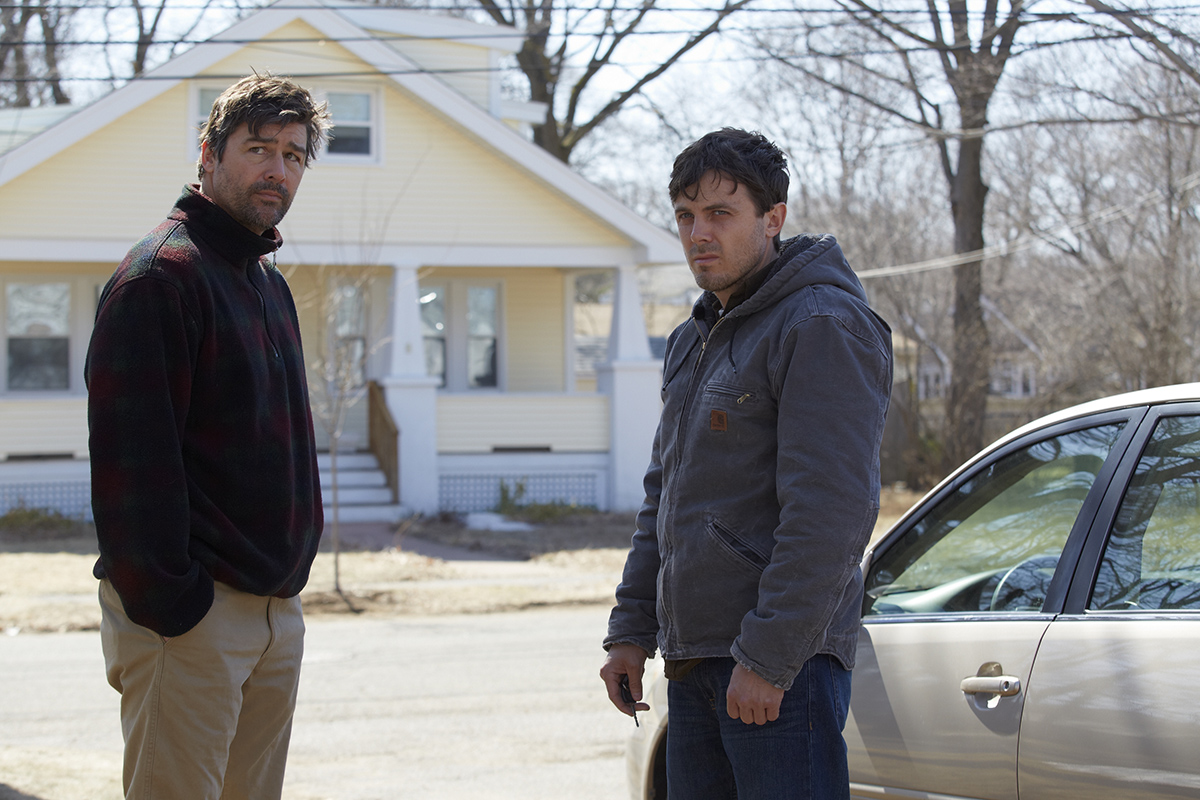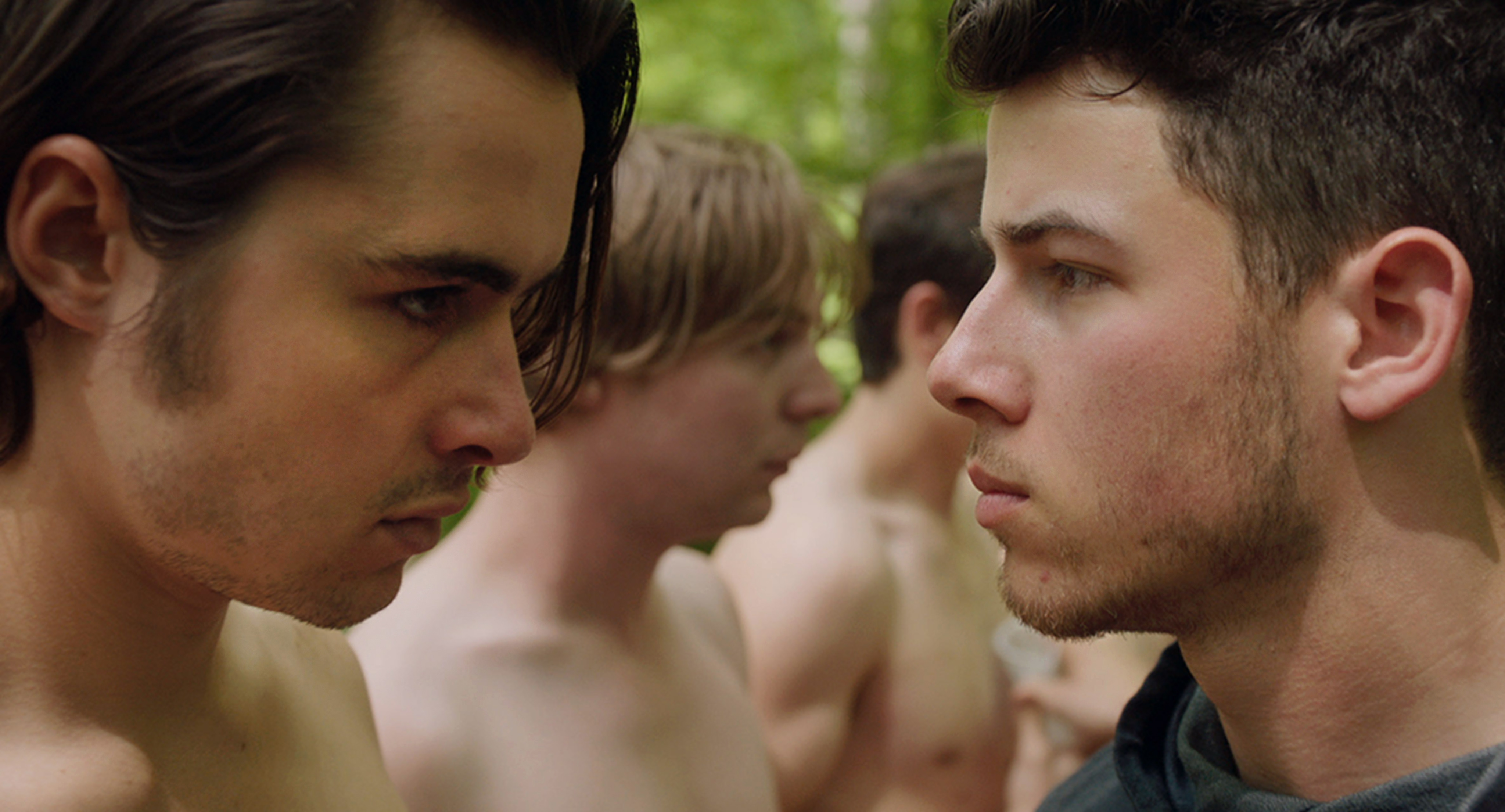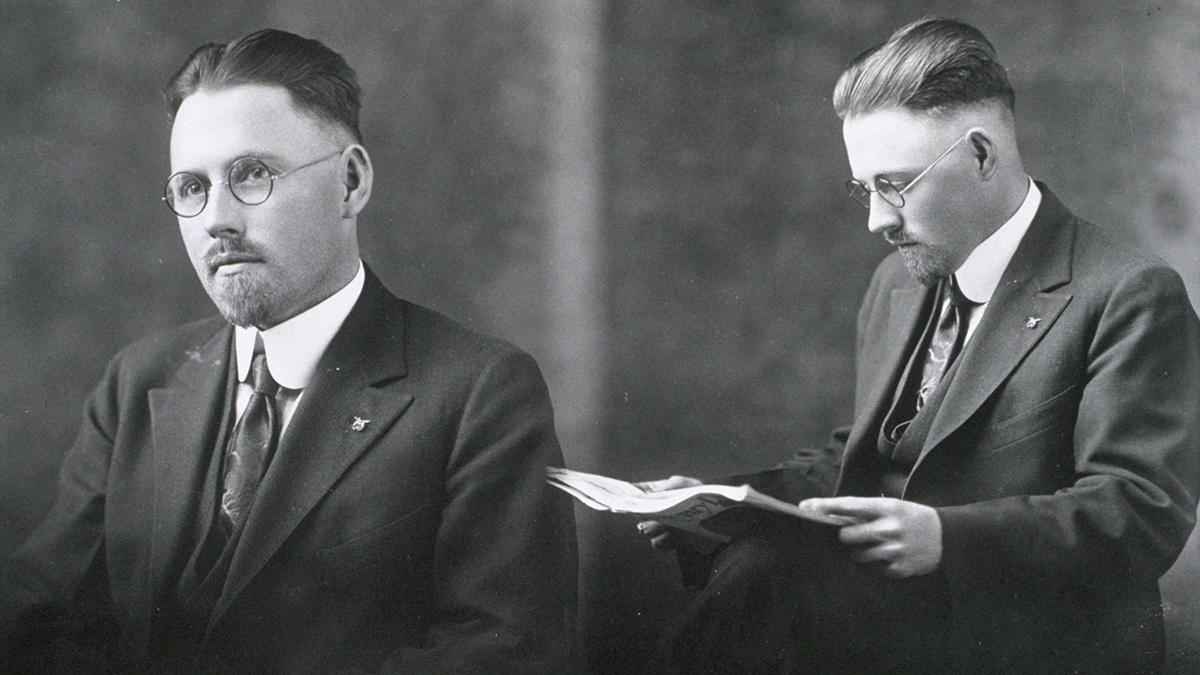Sundance Films with New England Roots

Kyle Chandler and Casey Affleck in Manchester by the Sea. / Photo by Claire Folger
Straight from the winter-kissed northeast to snow-covered Park City, Utah, directors from Massachusetts and surrounding New England states are set to show their work this week at the 2016 Sundance Film Festival. The fest—known as the annual kickoff event for the independent film market—boasts four films in the U.S. Dramatic category and six in the U.S. Documentary category all from New England-raised filmmakers, including Rob Zombie and John Krasinski.
Sundance will also premiere Newtown, a documentary with Katie Couric chronicling the harrowing aftermath of the Sandy Hook shooting in Connecticut that left 20 children and six adults dead in 2012.
And while half of the six filmmakers we spoke to all live in New York City now, we got the scoop on what makes New England so special and how it has informed their filmmaking.
Kenneth Lonergan | Manchester by the Sea
Kenneth Lonergan received critical acclaim for his first film You Can Count On Me—an Oscar nom for best screenplay and the Sundance 2000 grand jury prize for screenwriting. Since his last film in 2011, Margaret, he’s been focusing his efforts on stage. Now, he’s back on the big screen with a film shot entirely in and around Manchester-by-the-Sea, with a story indicative of people who live in that area.
“There’s something about that environment that I really love,” says the Bronx-born and bred Lonergan. He had rented a house on an inlet of the Essex River during shooting last year that he now claims he’d be quite happy moving to. “It’s the water, I love boats, I love being near the ocean, and I also very much like being in communities that are not [solely] vacation communities.
The story for Manchester by the Sea was originally brought to him by Boston natives John Krasinski and Matt Damon, and is about an uncle who is forced to take care of his teenage nephew after the boy’s father dies. It stars Casey Affleck, Kyle Chandler, and Michelle Williams.
“I was really interested in making the characters believable,” Lonergan explains, “and [conducted research by talking] to locals—a lot of the people who started out fishing and have ended up with these multiple jobs and multiple ways of coping with the decimation of the fishing fleets, the shifting economy, the regulatory problems, and just the ingenious way people have adapted up there. They’ve tried to keep the whole fishing community alive—everyone I talked to, that’s what it was about.”

Ellen Page in Tallulah. / Photo by David Newsom
Sian Heder | Tallulah
“I think there is a bluntness and a humor to people in Boston that pervades all my characters,” says Heder, who was born in Cambridge and attended Cambridge Rindge and Latin High School before heading to Carnegie Mellon University in Pittsburgh. “Now, being in Los Angeles, I’m constantly surprised at the earnestness of people here in that they don’t seem to have some of the bluntness or quickness as people on the East Coast. A lot of the humor I write in my characters—the outspokenness of them—comes from that.”
Tallulah is about a young woman (Ellen Page) who kidnaps a toddler from a rich yet negligent mother (Allison Janney) in an effort to protect her. The character of Tallulah is from Somerville, and was written as so because Heder used to work at Tallulah’s Bar and Grill in Davis Square.
“Tallulah tells the story about how her mom was a waitress there,” Heder explains, “and that after a very rowdy night, she was conceived, and that’s why her name is Tallulah. The story takes place in Manhattan, but Tallulah’s van plates are MA—she is definitely a Masshole.”

Ben Schnetzer and Nick Jonas in Goat. / Photo by Ethan Palmer
Andrew Neel | Goat
Andrew Neel’s grandmother, the famous portrait painter Alice Neel, instilled much art and literature in his family’s lives in Stowe, Vermont. His documentary on her premiered at Slamdance in 2007, and now he’s back in Park City at Sundance with a film lightly influenced by his time at Northfield Mount Hermon, an elite prep school in Northfield, Massachusetts.
“You’re shoved into a dormitory with 45 boys who are all going through puberty,” says Neel, who wrote the script with David Gordon Green and Mike Roberts. “After the lights go out, you have to fight to survive. You’re in the midst of the most male-saturated, testosterone-ridden box that you can imagine. Nothing like what happens in this movie happened to me, and in fact, I think is a very progressive school, but I felt like I knew what hazing was like because of attending. You can’t change the fact that you have 45 [teens] in one dorm and the adults have to go to sleep at some point.”

Dr. John Romulus Brinkley. / Via Penny Lane
Penny Lane | Nuts!
Did you know there was a doctor who discovered that he could cure impotence by transplanting goat testicles into men in 1917? Yeah, neither did we.
Filmmaker Penny Lane’s Nuts!—a mostly true story about Dr. John Romulus Brinkley—uses hand-drawn reenactments, archival footage, interviews, and, as it says on her site, a seriously unreliable narrator to tell the wacky story of one man’s rise to infamy.
Born in Lynn, Lane’s family moved to Billerica. She made her way back after leaving the state to graduate from Vassar and landed her first teaching job instructing video and film classes at Hampshire College for three years in 2006.
“When I think about my scientific skepticism,” says Lane, “I think that might have been around me in the air growing up [in Massachusetts.] Interestingly, the first important grant that I got was from the LEF Foundation. It’s an amazing fund only for people who live in New England. That was one of my early, big breaks and I wouldn’t have gotten that had I not been living there at the time.”

James Foley in Jim. / Photo by Manu Brabo
Brian Oakes | Jim
First-time filmmaker Brian Oakes was born in Lawrence, moved to Ipswich in 1978, and when he was four, his family moved to Wolfeboro, New Hampshire, on the shores of Lake Winnipesaukee. The population was barely beyond 6,000 in the 2010 consensus.
In the first grade, Oakes met James Foley, a boy who was to become his best friend and lifelong partner-in-crime, until his untimely death as a captured journalist at the hands of a public execution by ISIS two years ago.
“Although we were such close friends,” recalls Oakes, “we were really different. Jim had physical courage—something that has been with him since he was a kid. And one of the many ingredients that it takes to be a conflict journalist is that physical courage. Lake Winnipesaukee has all these little islands and there was this one that had a 30-foot cliff that we’d take our boats out to and jump off of into the water. Typically, when you jump from that high, you jump feet first, like a pencil. There were probably five of us that first time we went, and Jim dove head-first. But that was Jim, always pushing the envelope a little more than anyone else. That quality made him a really great journalist.”
Jim will also broadcast on HBO Saturday, February 6.

Jane Ackermann in Neptune. / Photo via Derek Kimball
Bonus Slamdance Film:
Derek Kimball | Neptune
“If you’re a filmmaker,” says first-time feature writer/director Derek Kimball, “living in New England isn’t good for your career. There aren’t the opportunities that one might find in the industry hubs like LA and New York. So typically, if you meet a filmmaker working in New England, chances are they are doing it because their hearts are in it. That fact, more than anything, has influenced my career. There is nothing more inspiring than working with people whose whole hearts are in it.”
Neptune—set in the late 1980s and about a young girl (played by Jane Ackermann) growing up on a secluded island off the coast of Maine who becomes obsessed with a young fisherman’s disappearance into the sea—is essentially a love letter to New England and to Maine. “In addition to being set there,” says Maine-native Kimball, “it seeks to portray, with as much honesty as I could manage, the facets of life here in Maine that I am most drawn to. The way we tuck our lives into the fabric of the elements. The way we instill mystery in the landscape. The values that set us apart from the rest of the country.”


